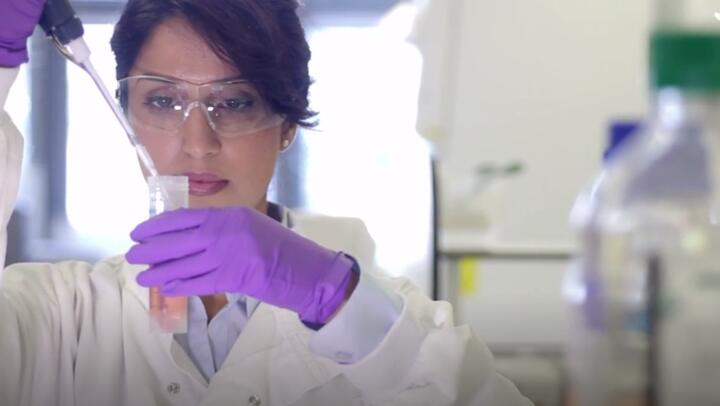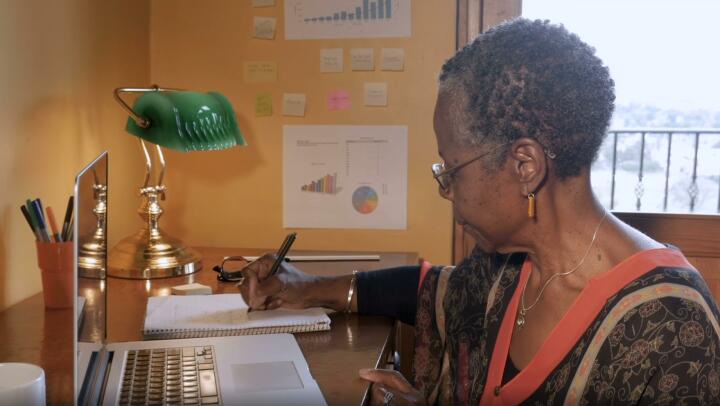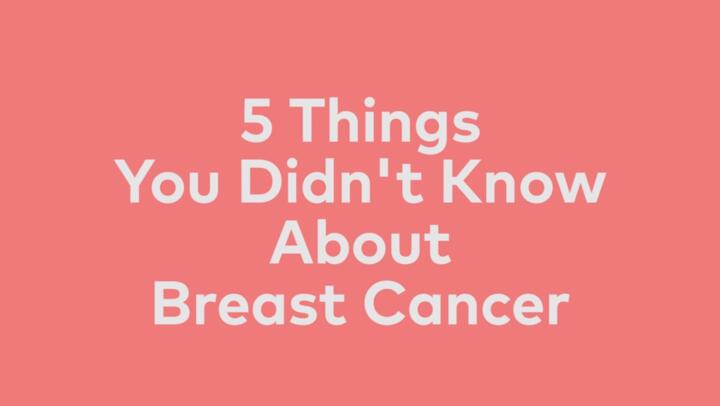
If you’re facing a soft tissue sarcoma diagnosis, one of your main focuses will be deciding on a treatment plan. And one of the main determinants of your soft tissue sarcoma treatment options is the stage of the cancer. There are dozens of types of soft tissue sarcomas. And there are several ways to stage the various types. In general, soft tissue sarcoma stages can be classified as low-grade (stage I), high-grade (stages II and III), and metastatic (stage IV). Treatment options also depend on the location of the tumor. Here is a summary of the options you may have for the treatment of soft tissue sarcoma.
Surgery
Surgery is the main treatment for most soft tissue sarcoma stages and types. The goal is to remove the whole tumor and a margin of healthy tissue surrounding it. The chance of achieving this goal is high when small, low-grade tumors are in a limb. In this case, surgery may be the only treatment necessary. However, large tumors, high-grade tumors, and tumors in the abdomen present more of a challenge. It may not be possible to remove the entire tumor or to get clear margins of healthy tissue around it. For these tumors, doctors will need to combine surgery with other treatments.
About 60% of soft tissue sarcomas occur in the limbs. In the past, surgery involved amputation of the limb to eliminate the cancer. Today, advances in surgical techniques allow doctors to keep as much of the limb as possible. These limb-sparing surgeries can preserve normal or near-normal function and appearance. In rare cases, total amputation of a limb is still necessary.
Radiation Therapy
Radiation therapy uses high-dose X-rays or particles to destroy cancer cells. In soft tissue sarcoma, doctors most often use it after surgery to kill any cancer cells that remain. This is adjuvant therapy. Doctors may also recommend radiation before surgery to shrink the tumor and remove less tissue. This is neoadjuvant therapy. If surgery isn’t possible, radiation therapy can be a main treatment for soft tissue sarcoma.
Depending on the type of soft tissue sarcoma, doctors can use different types of radiation therapy including:
- External beam radiation, which is the classic form of radiation therapy. It delivers radiation to the tumor from outside the body. It’s the most common form in the treatment of soft tissue sarcoma. Often, doctors use a technique called IMRT (intensity modulated radiation therapy) to better focus the beam and limit damage to healthy tissues.
- Proton beam radiation, which is not as widely available as external beam radiation. It can deliver high-dose radiation to a very precise area with less damage to healthy tissue.
- IORT (intraoperative radiation therapy), which consists of one large dose of radiation during surgery after the doctor has removed the tumor. In most cases, standard radiation therapy will follow this treatment after the area has healed.
- Brachytherapy, which is internal radiation therapy. It uses seeds or pellets the doctor places in or near the cancer. For soft tissue sarcoma, doctors place tiny catheters—or tubes—in the area for brachytherapy during surgery. Doctors may use brachytherapy alone or combine it with other forms of radiation therapy.
Chemotherapy
Chemotherapy—or chemo—uses potent medicines to kill cancer cells or stop them from growing. Some soft tissue sarcomas respond well to chemo, while others do not. When chemo is likely to work, doctors may give it before surgery, after surgery, or as a main treatment. Usually, doctors use a combination of several chemo drugs.
The traditional way to give chemo is by mouth or by vein. Some specialized cancer centers may treat soft tissue sarcoma tumors in limbs with ILP (isolated limb perfusion). It involves disconnecting circulation to the limb from the rest of the body. Then, doctors infuse chemo directly into the limb. This theoretically spares the rest of the body from chemo toxicities. The surgeon restores circulation after the treatment. However, it’s uncertain whether or not ILP is any more effective than standard chemo.
Targeted Therapy
Targeted therapy consists of drugs that exploit features of cancer cells that make them different from normal cells. This allows them to spare healthy cells in a way that chemo can’t. As a result, they have different side effects than traditional chemo.
While targeted therapy is well-established for many types of cancer, it is relatively new in the treatment of soft tissue sarcomas. Only certain types of soft tissue sarcomas will respond to it. In general, doctors use targeted therapy to treat metastatic soft tissue sarcomas. It may also be an option in soft tissue sarcoma progression and recurrence.
Targeted therapy is currently an area of active research in the treatment of soft tissue sarcoma. If you are interested in targeted therapy, talk with your doctor about a clinical trial. The same is true of immunotherapy, which uses your own immune system to fight cancer. Currently, immunotherapy has not been studied enough in soft tissue sarcoma to be an approved treatment.
Finding Your Treatment Options
Soft tissue sarcomas can be challenging to treat. According to the American Cancer Society, patients tend to do better when they seek treatment at specialized cancer centers with expertise in treating soft tissue sarcoma. These centers are likely to have the best access to cutting-edge treatments and clinical trials. They will also have the most experienced doctors, which can make a difference in your treatment outcome.



















